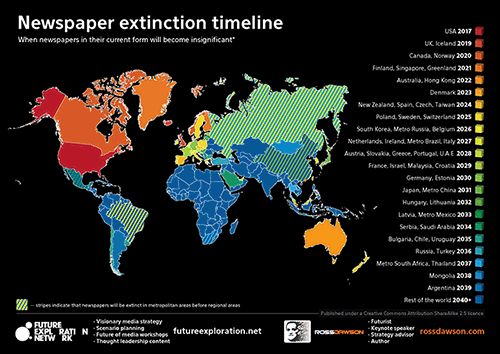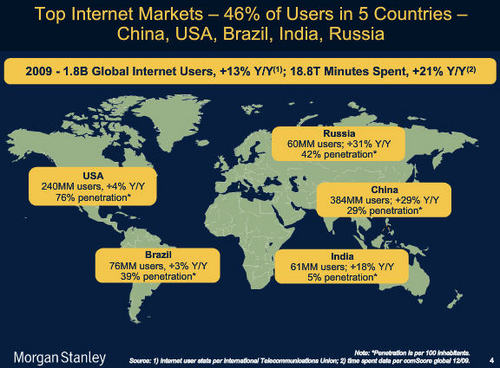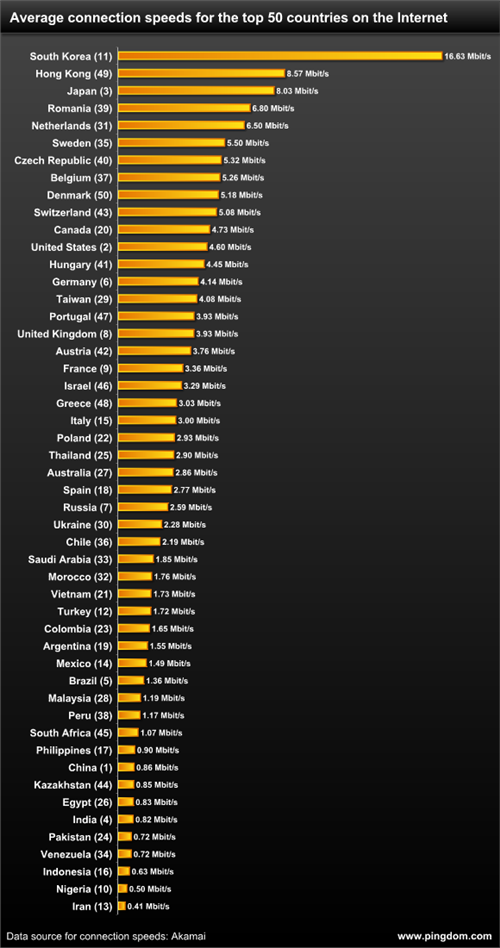Last month I gave the keynote at Ketchum’s Global Media Network meeting in New York on The Future of Global Media. Immediately after my keynote I participated in a panel on media in the BRIC countries. The other panellists were Ketchum executives from Brazil, Russia, and India. Since their China team were kept at home with client commitments I stood in to talk about China, given my background in the region. Details on the keynote and panel are here.
Here are notes I made to prepare for the panel session, where we were asked to share 5 key issues about the media landscape in our country.
0. Asia and China encompass very diverse media markets.
Across Asia media markets take very different shapes. The largest market by revenue is Japan, which is very different from Western developed economies, notably in the size and resilience of the newspaper market, and the depth of penetration of mobile internet. Hong Kong and Taiwan have very distinct markets from mainland China, both being more similar structurally and in terms of media relations to Western countries. The massive mainland China market itself has significantly different characteristics at the national, metropolitan, regional and local levels.
The following points relate to the mainland China (P.R.C.) media market.
1. Newspaper and broadcast markets are growing rapidly.
As many more people shift to higher socio-economic brackets and literacy increases, newspaper readership and broadcast TV audiences are rapidly developing. China is already the largest newspaper market in the world, and TV and radio advertising revenue is growing at a double-digit pace. There is still substantial scope for sustained growth in these traditional media markets.
Read more →



